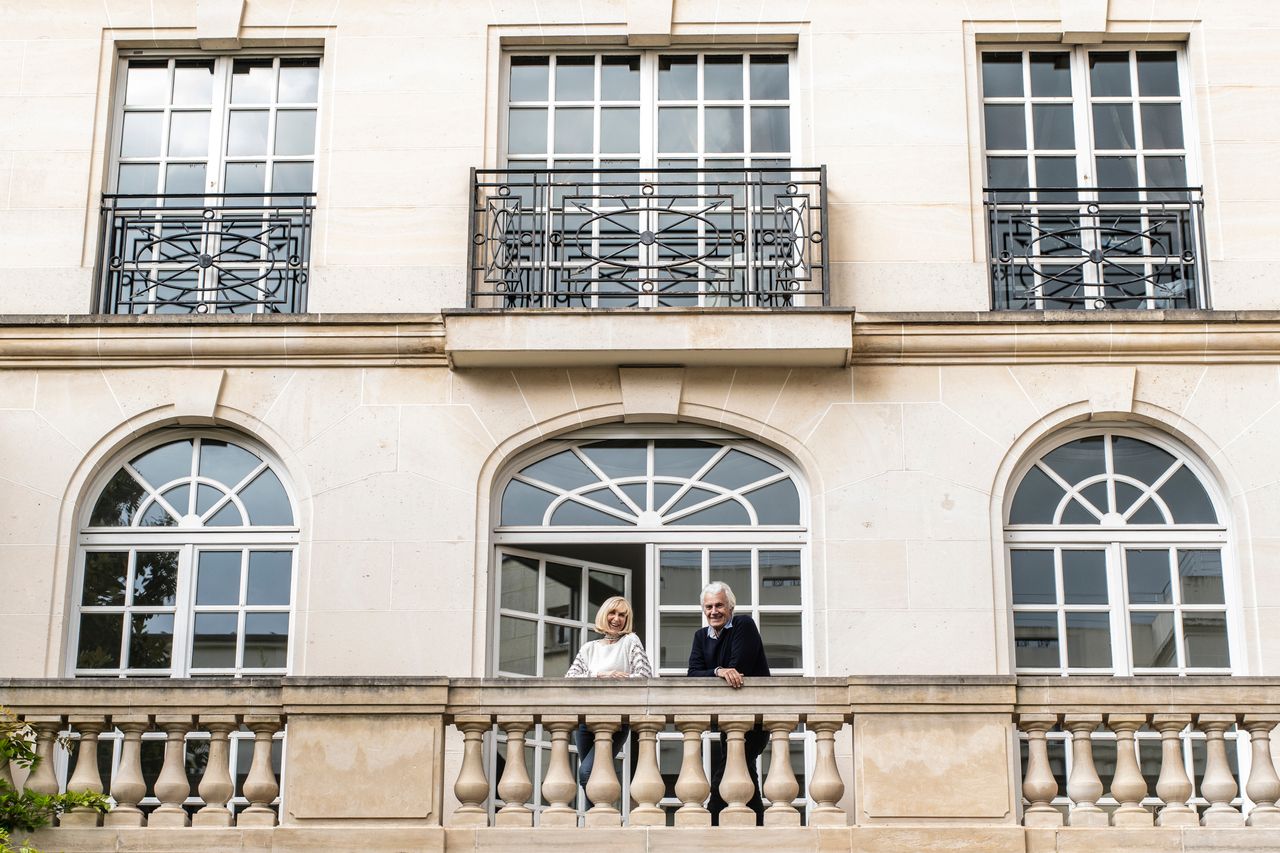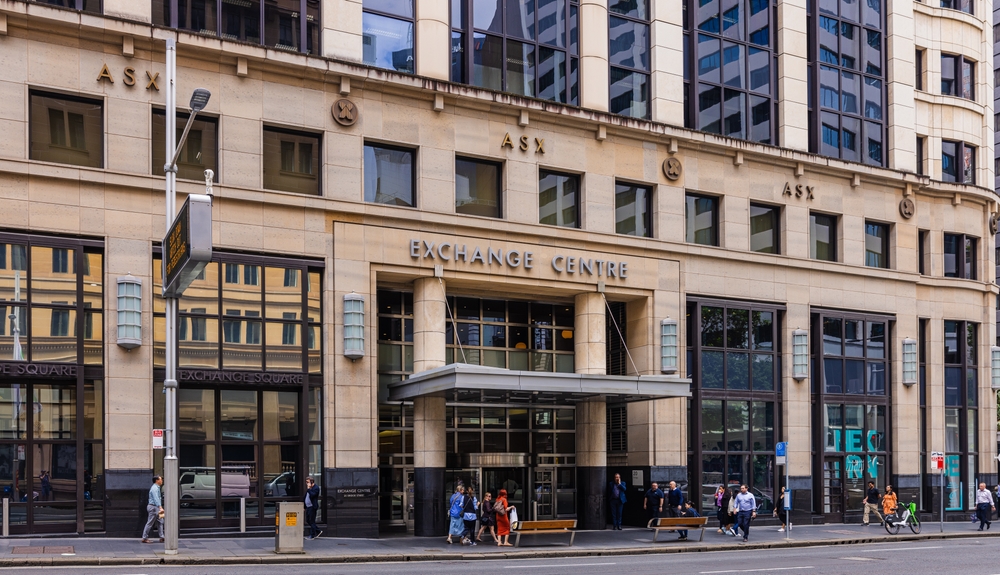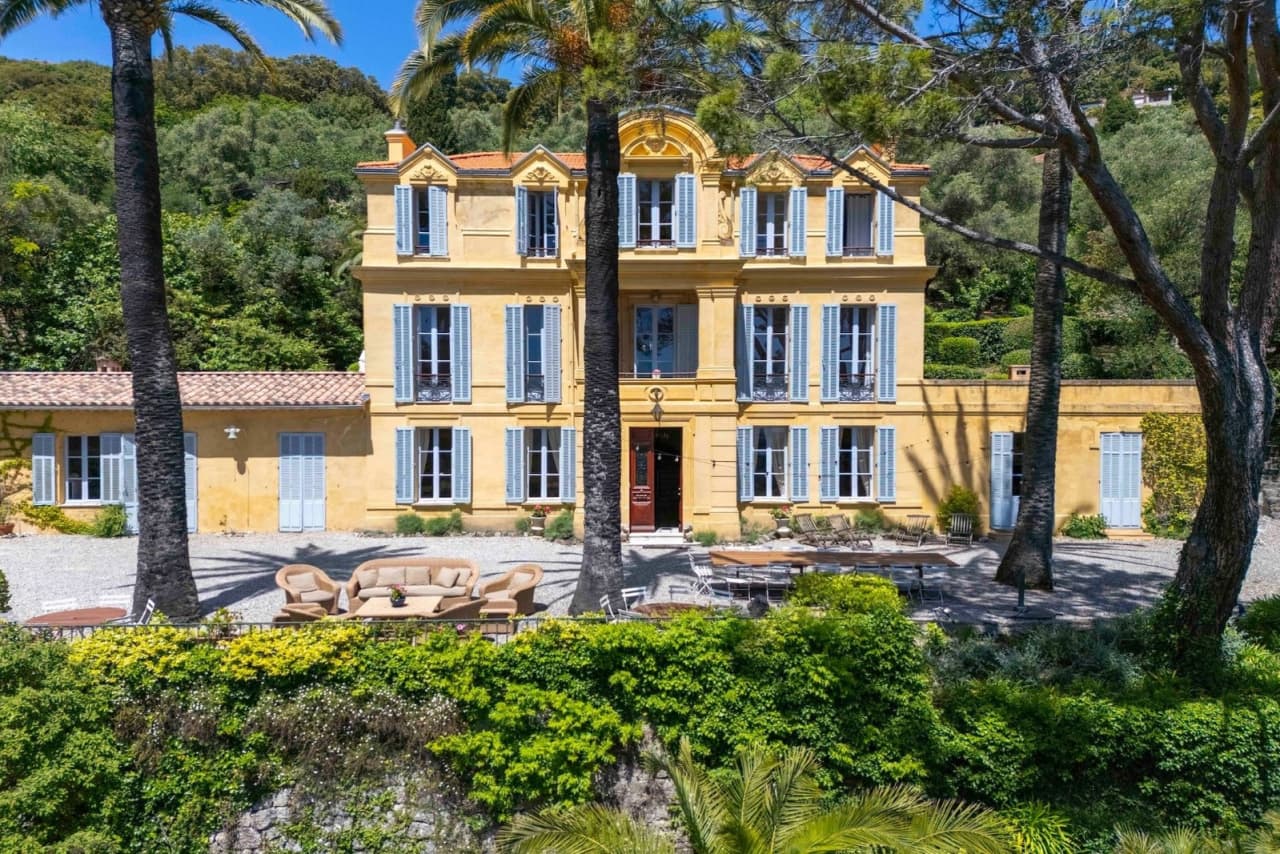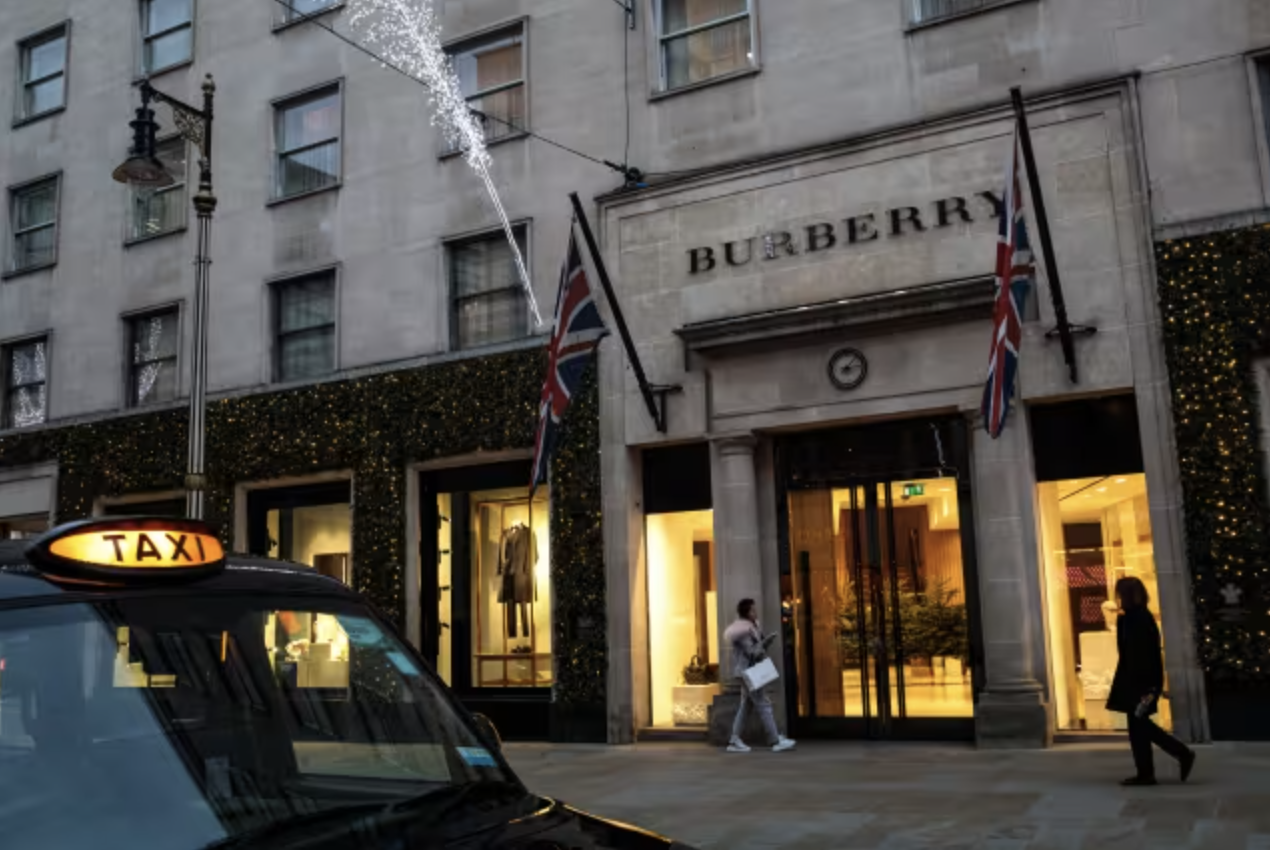The Holiday Rental Business Is Coming of Age
More home buyers under the age of 30 are getting into the short-term rental game.
Every summer when Trevor Plencner, 24, was growing up, his family would take a trip to New Buffalo, Mich., where they’d rent a house on Lake Michigan. Year after year, Mr. Plencner became increasingly intrigued by the notion of owning a vacation rental property himself—so much so that he decided to give it a whirl.
In February 2018, when he was 20, Mr. Plencner purchased a vacation rental in Lake Geneva, Wis., about an hour northwest from where he lives in Hoffman Estates, Ill. While there are multimillion-dollar houses on Geneva Lake, through persistence and good timing, Mr. Plencner bought a 1,200-square-foot cottage a few blocks off the water for $111,000. He put 3.5% down using a Federal Housing Administration loan. Six months later, after painting and furnishing the interior and renovating the basement, Mr. Plencner put the cottage on booking websites. In the summer, his nightly rate is around $400; in the winter, it is closer to $175. To his delight, the three-bedroom home’s rental income started covering the mortgage, and then some. In June 2019, he bought a second Lake Geneva property with a friend for $85,000.
Vacation rentals are his side gig—Mr. Plencner works full time at Chicago’s O’Hare International Airport. His goal is to work solely in real estate, with properties throughout Wisconsin. “Vacation rentals is the best business anyone can get into, especially young,” he says.
Many of Mr. Plencner’s peers agree: Vacation-rental ownership among young adults is on the rise. According to Denver-based vacation-rental management and hospitality company Evolve, the proportion of its homeowners under 30 grew by 100% between June 2019 and June 2021. In comparison, the proportion of its clients between 31 to 56 grew only 17% during that period and the proportion of homeowners between 57 to 75 dropped 11%. Evolve’s properties are bookable on its own website and marketplaces including Airbnb, Booking.com, and Vrbo.
“This is quite clearly a growing segment,” Evolve CEO and co-founder Brian Egan says.
Rob Mehta, founder of Miami-based brokerage service Rob Mehta + Partners, says he’s seeing a lot more second-home and investment buyers who are younger. “We wouldn’t have envisioned this five years ago,” he said.
This demographic is moving to rental-home ownership despite mortgage hurdles such as lack of credit history, student debt or limited time to save for a down payment. Banks say age itself isn’t an obstacle, as long as the borrower is legal age. A challenge lies in investment loans, which can be more restrictive than primary- and second-home loans, and “ensuring the borrower has a reasonable capacity to make on-time mortgage payments, should there be a disruption in rental income,” says Tom Wind, executive vice president of consumer lending at U.S. Bank.
Financing isn’t the only hurdle. Zack North, 27, bought a 2,000-square-foot, four-bedroom vacation rental outside Asheville, N.C., with a friend when he was 25, at the end of 2019.
“I believe real estate is the safest and most sustainable way to grow wealth,” says Mr. North, who purchased the house in the high $200,000s. He started renting out his place the first week the pandemic hit.
“It was an immediate nightmare trying to find guests,” says Mr. North, who stayed afloat because someone booked the house for about three months. “After that, we started getting people who wanted to start vacationing again.”
When Mr. North was setting up his Asheville rental, “there were a lot of long hours, weekends and drives at inconvenient times to make the effort to make ends meet,” he says. “We were figuring out things in the middle of the night. You’ve got furniture to put together for people coming in the next day. Guests can be demanding. Things break. We had the water heater break, which flooded the basement.”
Still, the rental income is worth it for many young people, despite the challenges involved.
When Cady Montgomery, 26, moved from Seattle to Austin, Texas, three years ago, she became enamored with Fredericksburg, Texas, a wine and shopping destination an hour and a half west of Austin. “Every time I went, I paid astronomical rates for an Airbnb,” she says. She saw the potential of earning extra income while building equity.
Ms. Montgomery watched Fredericksburg real estate for nine months while running financials on various occupancy scenarios. In February 2020, she closed on an 800-square-foot, one-bedroom condo for $210,000. For the down payment, she combined her savings with money left over from selling her Seattle house. She listed her condo on booking websites in March 2020, just as the pandemic hit. She got bookings the first week—then everything turned to cancellations for two months.
“I thought this was the worst investment I ever could have made!” she says.
But by May 2020, things came back to life. “I started to get crazy bookings. Every weekend has been booked,” says Ms. Montgomery, whose rate hovers around $300 nightly. “It ended up working out really well.”
“Young people I’m working with are tired of the norm,” says Jeramie Worley, managing broker at Worley & Associates, a real-estate firm in Branson, Mo. “There were no jobs when millennials came into the working world. They’ve been forced to find a better way to make a living. Vacation rentals give people that without the fear and anxiety of losing their jobs.”
That is why Gabriel Benner, 27, bought a 1,200-square-foot, two-bedroom townhouse in Panama City Beach, Fla., in January for $262,500.
“Housing is so hot right now,” he says of his side hustle. “It’s good to diversify my assets.” This year, Mr. Benner is forecasting $33,000 in revenue. He hopes to earn 10% of the property’s purchase price annually.
Parker Thomas, 27, wanted to generate passive income. When he was 22, he used the money he saved from working during college to buy a 1,200-square-foot, two-bedroom condo just north of Palm Springs, Calif., for $60,000. He purchased a second property, a 1,200-square-foot, three-bedroom cabin in Big Bear, Calif., for $220,000. As of the first quarter of 2021, he’d made almost $16,000—and stayed in the cabin himself most of February.
“I dream of retiring by the time I’m 40,” says Mr. Thomas, who works full time in software. “To do that, I need to have six to 10 rental properties creating enough revenue. The icing on the cake is I can occasionally stay in them.”
Taylor Marr, the lead economist at real-estate brokerage firm Redfin, says one reason young people are getting into this business now is because the online booking marketplace has changed the economics of owning a second home. “In the past, most people would buy a lakeside cabin that they’d use for one month and then it would stay vacant the rest of the year,” Mr. Marr says. “The portals have lowered the functional cost of the vacation home. You can rent it out to offset your cost.”
Now there are also companies offering services that are useful to young people who are short on money and time. The company AirDNA, with headquarters in Denver and Barcelona, Spain, analyzes data on more than 10 million short-term vacation rentals to help homeowners assess their potential revenue, among other things. Meanwhile, Evolve takes care of a homeowner’s hospitality needs for a 10% management fee: The company builds a homeowner’s rental listing (including photographing the property), prices booking rates nightly using a proprietary algorithm, and has 24/7 guest support.
“I was able to gauge my projected revenue would be about $30,000 per year,” says Jonathan Nawrocki, 26, a web designer who used AirDNA before purchasing an 800-square-foot, one-bedroom cottage in Toledo, Ohio, last October for $80,000. He says his bookings have been more than enough to cover his mortgage and cash flow.
Ashley Rankin, 27, who is based in Big Water, Utah, near Lake Powell, is renting to purchase a 900-square-foot vacation rental from her mother, Heather Rankin.
“I pay monthly rent and I keep the vacation-rental profits,” says Ms. Rankin, who manages the property’s bookings. She also manages a 900-square-foot unit that her brother owns and splits the vacation-rental profits with him.
New York City-based Brandon Bonfiglio, 23, is a social-media influencer with 10.7 million followers on TikTok. He earns money through sponsorships.
Mr. Bonfiglio put $200,000 down on an $800,000, 3,100-square-foot, three-bedroom castle in Gatlinburg, Tenn., when he was 20. Last year, he purchased a 2,700-square-foot, three-bedroom cabin next door for $570,000 with a $100,000 down payment. He estimates that he’ll bring in $160,000 on the castle and $100,000 on the cabin, a 45% profit margin on each.
“Being a social-media influencer is not a longstanding job,” he says. “I was looking for a stable source of income.”
Reprinted by permission of The Wall Street Journal, Copyright 2021 Dow Jones & Company. Inc. All Rights Reserved Worldwide. Original date of publication: August 19, 2021
 Copyright 2020, Dow Jones & Company, Inc. All Rights Reserved Worldwide. LEARN MORE
Copyright 2020, Dow Jones & Company, Inc. All Rights Reserved Worldwide. LEARN MORE
This stylish family home combines a classic palette and finishes with a flexible floorplan
Just 55 minutes from Sydney, make this your creative getaway located in the majestic Hawkesbury region.
Ahead of the Games, a breakdown of the city’s most desirable places to live
PARIS —Paris has long been a byword for luxurious living. The traditional components of the upscale home, from parquet floors to elaborate moldings, have their origins here. Yet settling down in just the right address in this low-rise, high-density city may be the greatest luxury of all.
Tradition reigns supreme in Paris real estate, where certain conditions seem set in stone—the western half of the city, on either side of the Seine, has long been more expensive than the east. But in the fashion world’s capital, parts of the housing market are also subject to shifting fads. In the trendy, hilly northeast, a roving cool factor can send prices in this year’s hip neighborhood rising, while last year’s might seem like a sudden bargain.
This week, with the opening of the Olympic Games and the eyes of the world turned toward Paris, The Wall Street Journal looks at the most expensive and desirable areas in the City of Light.
The Most Expensive Arrondissement: the 6th
Known for historic architecture, elegant apartment houses and bohemian street cred, the 6th Arrondissement is Paris’s answer to Manhattan’s West Village. Like its New York counterpart, the 6th’s starving-artist days are long behind it. But the charm that first wooed notable residents like Gertrude Stein and Jean-Paul Sartre is still largely intact, attracting high-minded tourists and deep-pocketed homeowners who can afford its once-edgy, now serene atmosphere.
Le Breton George V Notaires, a Paris notary with an international clientele, says the 6th consistently holds the title of most expensive arrondissement among Paris’s 20 administrative districts, and 2023 was no exception. Last year, average home prices reached $1,428 a square foot—almost 30% higher than the Paris average of $1,100 a square foot.
According to Meilleurs Agents, the Paris real estate appraisal company, the 6th is also home to three of the city’s five most expensive streets. Rue de Furstemberg, a secluded loop between Boulevard Saint-Germain and the Seine, comes in on top, with average prices of $2,454 a square foot as of March 2024.
For more than two decades, Kyle Branum, a 51-year-old attorney, and Kimberly Branum, a 60-year-old retired CEO, have been regular visitors to Paris, opting for apartment rentals and ultimately an ownership interest in an apartment in the city’s 7th Arrondissement, a sedate Left Bank district known for its discreet atmosphere and plutocratic residents.
“The 7th was the only place we stayed,” says Kimberly, “but we spent most of our time in the 6th.”
In 2022, inspired by the strength of the dollar, the Branums decided to fulfil a longstanding dream of buying in Paris. Working with Paris Property Group, they opted for a 1,465-square-foot, three-bedroom in a building dating to the 17th century on a side street in the 6th Arrondissement. They paid $2.7 million for the unit and then spent just over $1 million on the renovation, working with Franco-American visual artist Monte Laster, who also does interiors.
The couple, who live in Santa Barbara, Calif., plan to spend about three months a year in Paris, hosting children and grandchildren, and cooking after forays to local food markets. Their new kitchen, which includes a French stove from luxury appliance brand Lacanche, is Kimberly’s favourite room, she says.
Another American, investor Ashley Maddox, 49, is also considering relocating.
In 2012, the longtime Paris resident bought a dingy, overstuffed 1,765-square-foot apartment in the 6th and started from scratch. She paid $2.5 million and undertook a gut renovation and building improvements for about $800,000. A centrepiece of the home now is the one-time salon, which was turned into an open-plan kitchen and dining area where Maddox and her three children tend to hang out, American-style. Just outside her door are some of the city’s best-known bakeries and cheesemongers, and she is a short walk from the Jardin du Luxembourg, the Left Bank’s premier green space.
“A lot of the majesty of the city is accessible from here,” she says. “It’s so central, it’s bananas.” Now that two of her children are going away to school, she has listed the four-bedroom apartment with Varenne for $5 million.
The Most Expensive Neighbourhoods: Notre-Dame and Invalides
Garrow Kedigian is moving up in the world of Parisian real estate by heading south of the Seine.
During the pandemic, the Canada-born, New York-based interior designer reassessed his life, he says, and decided “I’m not going to wait any longer to have a pied-à-terre in Paris.”
He originally selected a 1,130-square-foot one-bedroom in the trendy 9th Arrondissement, an up-and-coming Right Bank district just below Montmartre. But he soon realised it was too small for his extended stays, not to mention hosting guests from out of town.
After paying about $1.6 million in 2022 and then investing about $55,000 in new decor, he put the unit up for sale in early 2024 and went house-shopping a second time. He ended up in the Invalides quarter of the 7th Arrondissement in the shadow of one Paris’s signature monuments, the golden-domed Hôtel des Invalides, which dates to the 17th century and is fronted by a grand esplanade.
His new neighbourhood vies for Paris’s most expensive with the Notre-Dame quarter in the 4th Arrondissement, centred on a few islands in the Seine behind its namesake cathedral. According to Le Breton, home prices in the Notre-Dame neighbourhood were $1,818 a square foot in 2023, followed by $1,568 a square foot in Invalides.
After breaking even on his Right Bank one-bedroom, Kedigian paid $2.4 million for his new 1,450-square-foot two-bedroom in a late 19th-century building. It has southern exposures, rounded living-room windows and “gorgeous floors,” he says. Kedigian, who bought the new flat through Junot Fine Properties/Knight Frank, plans to spend up to $435,000 on a renovation that will involve restoring the original 12-foot ceiling height in many of the rooms, as well as rescuing the ceilings’ elaborate stucco detailing. He expects to finish in 2025.
Over in the Notre-Dame neighbourhood, Belles demeures de France/Christie’s recently sold a 2,370-square-foot, four-bedroom home for close to the asking price of about $8.6 million, or about $3,630 a square foot. Listing agent Marie-Hélène Lundgreen says this places the unit near the very top of Paris luxury real estate, where prime homes typically sell between $2,530 and $4,040 a square foot.
The Most Expensive Suburb: Neuilly-sur-Seine
The Boulevard Périphérique, the 22-mile ring road that surrounds Paris and its 20 arrondissements, was once a line in the sand for Parisians, who regarded the French capital’s numerous suburbs as something to drive through on their way to and from vacation. The past few decades have seen waves of gentrification beyond the city’s borders, upgrading humble or industrial districts to the north and east into prime residential areas. And it has turned Neuilly-sur-Seine, just northwest of the city, into a luxury compound of first resort.
In 2023, Neuilly’s average home price of $1,092 a square foot made the leafy, stately community Paris’s most expensive suburb.
Longtime residents, Alain and Michèle Bigio, decided this year is the right time to list their 7,730-square-foot, four-bedroom townhouse on a gated Neuilly street.
The couple, now in their mid 70s, completed the home in 1990, two years after they purchased a small parcel of garden from the owners next door for an undisclosed amount. Having relocated from a white-marble château outside Paris, the couple echoed their previous home by using white- and cream-coloured stone in the new four-story build. The Bigios, who will relocate just back over the border in the 16th Arrondissement, have listed the property with Emile Garcin Propriétés for $14.7 million.
The couple raised two adult children here and undertook upgrades in their empty-nester years—most recently, an indoor pool in the basement and a new elevator.
The cool, pale interiors give way to dark and sardonic images in the former staff’s quarters in the basement where Alain works on his hobby—surreal and satirical paintings, whose risqué content means that his wife prefers they stay downstairs. “I’m not a painter,” he says. “But I paint.”
The Trendiest Arrondissement: the 9th
French interior designer Julie Hamon is theatre royalty. Her grandfather was playwright Jean Anouilh, a giant of 20th-century French literature, and her sister is actress Gwendoline Hamon. The 52-year-old, who divides her time between Paris and the U.K., still remembers when the city’s 9th Arrondissement, where she and her husband bought their 1,885-square-foot duplex in 2017, was a place to have fun rather than put down roots. Now, the 9th is the place to do both.
The 9th, a largely 19th-century district, is Paris at its most urban. But what it lacks in parks and other green spaces, it makes up with nightlife and a bustling street life. Among Paris’s gentrifying districts, which have been transformed since 2000 from near-slums to the brink of luxury, the 9th has emerged as the clear winner. According to Le Breton, average 2023 home prices here were $1,062 a square foot, while its nearest competitors for the cool crown, the 10th and the 11th, have yet to break $1,011 a square foot.
A co-principal in the Bobo Design Studio, Hamon—whose gut renovation includes a dramatic skylight, a home cinema and air conditioning—still seems surprised at how far her arrondissement has come. “The 9th used to be well known for all the theatres, nightclubs and strip clubs,” she says. “But it was never a place where you wanted to live—now it’s the place to be.”
With their youngest child about to go to college, she and her husband, 52-year-old entrepreneur Guillaume Clignet, decided to list their Paris home for $3.45 million and live in London full-time. Propriétés Parisiennes/Sotheby’s is handling the listing, which has just gone into contract after about six months on the market.
The 9th’s music venues were a draw for 44-year-old American musician and piano dealer, Ronen Segev, who divides his time between Miami and a 1,725-square-foot, two-bedroom in the lower reaches of the arrondissement. Aided by Paris Property Group, Segev purchased the apartment at auction during the pandemic, sight unseen, for $1.69 million. He spent $270,000 on a renovation, knocking down a wall to make a larger salon suitable for home concerts.
During the Olympics, Segev is renting out the space for about $22,850 a week to attendees of the Games. Otherwise, he prefers longer-term sublets to visiting musicians for $32,700 a month.
Most Exclusive Address: Avenue Junot
Hidden in the hilly expanses of the 18th Arrondissement lies a legendary street that, for those in the know, is the city’s most exclusive address. Avenue Junot, a bucolic tree-lined lane, is a fairy-tale version of the city, separate from the gritty bustle that surrounds it.
Homes here rarely come up for sale, and, when they do, they tend to be off-market, or sold before they can be listed. Martine Kuperfis—whose Paris-based Junot Group real-estate company is named for the street—says the most expensive units here are penthouses with views over the whole of the city.
In 2021, her agency sold a 3,230-square-foot triplex apartment, with a 1,400-square-foot terrace, for $8.5 million. At about $2,630 a square foot, that is three times the current average price in the whole of the 18th.
Among its current Junot listings is a 1930s 1,220-square-foot townhouse on the avenue’s cobblestone extension, with an asking price of $2.8 million.
This stylish family home combines a classic palette and finishes with a flexible floorplan
Just 55 minutes from Sydney, make this your creative getaway located in the majestic Hawkesbury region.






















